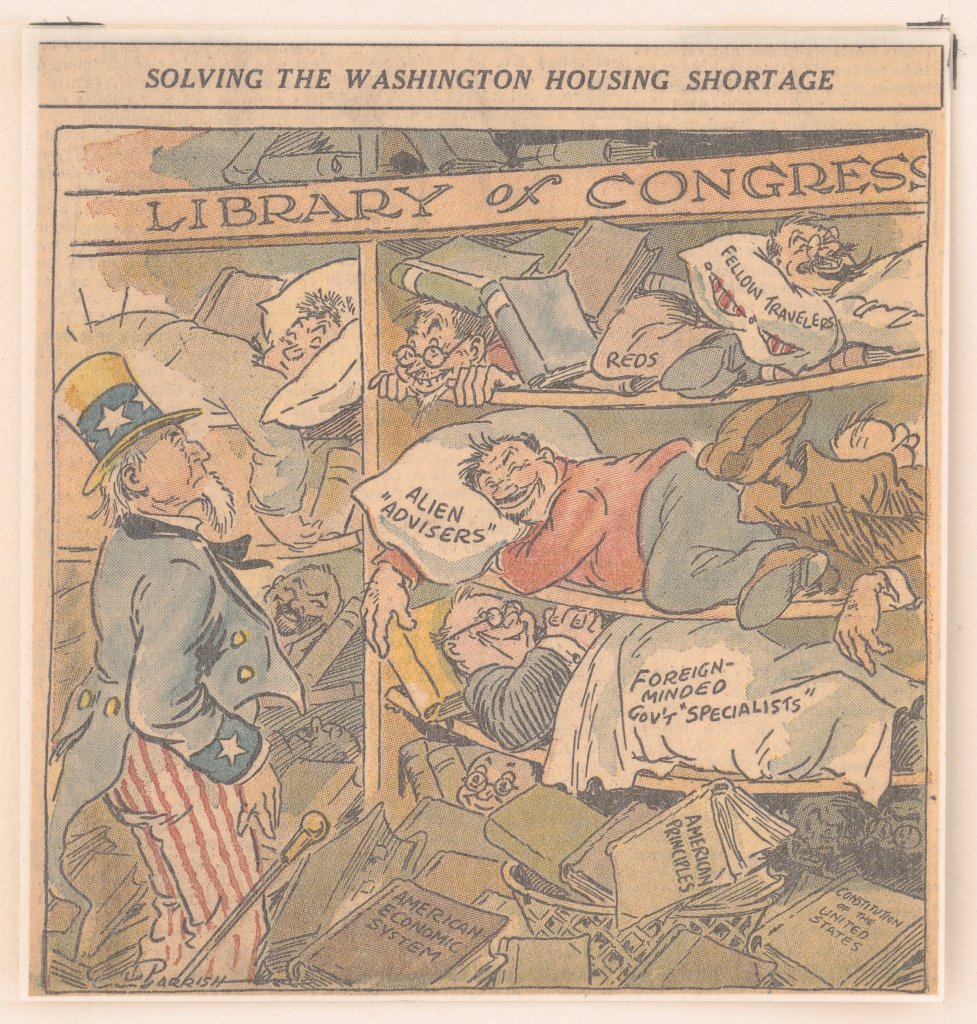
Cartoons can sometimes make a serious point. Benjamin Franklin’s 1754 “Join or Die” began the use of political cartoons. These visuals have been important in history by informing illiterate citizens and conveying a point of view on a political issue. Cartoonists, with a single picture, could insult enemies, celebrate allies, change people’s minds on important issues, and be humorous enough to make an impact on the public’s view. Political cartoons bring humor and exaggeration to past and current issues. I tell my students political cartoons are pictures with a point. We can provide students with the tools and questions they can use to decode and understand political cartoons.
Benefits of using political cartoons
Political cartoons are in most of today’s textbooks. However, even adults can have a hard time decoding the meaning. Providing opportunities for students to learn to decipher and understand political cartoons can:
- Give a more personal view of historical events
- Provide opportunities to develop critical thinking skills
- Encourage building connections to the past
- Provide a picture which can be less intimidating than text
- Illustrate contemporary attitudes toward key events in history
- Allow practice in identifying persuasive techniques/bias
Ways to analyze political cartoons
Political cartoons allow students to examine the many persuasive techniques cartoonists use to change people’s minds. The most used persuasive techniques are symbolism, exaggeration, labeling, analogy, and irony. Students can learn to spot these techniques. There are a lot of people out there trying to change our minds. By knowing how they’re doing it, we can teach students to make informed decisions.
Symbolism – Simple objects, or symbols, can stand for larger concepts or ideas. Have students identify any symbols and what they are intended to represent.
Exaggeration – Physical characteristics of people or things may be exaggerated to make a point. Students should look for these exaggerations and why the artist chose to exaggerate these features.
Labeling – Sometimes objects or people are labeled to make it obvious what they stand for. When students see labels, ask them to decide why the artist decided to add a label.
Analogy – By comparing two different things, cartoonists can help their readers see a different point of view. If students discover an analogy, have them decide what the analogy is comparing and the point the comparison makes.
Irony – Irony is the difference between the ways things are and the way things should be or are expected to be. Students should decide if the irony expresses an opinion on the issue.

Source: Library of Congress
Questions to ask while analyzing
- What point is the cartoonist trying to make?
- What techniques, such as symbols, words, caricature, exaggeration, and irony, communicate the message?
- Which method of making a point is most effective? Why?
- How would the cartoon be different if it had been created by a cartoonist with a different point of view?
- What conditions might have given rise to this cartoon?
- What groups might it have appealed to?
- What values does the cartoon express?
How to locate resources
- Library of Congress
- The National Archives
- The Association of American Editorial Cartoonists
- Student News Daily
Whether in your school building or teaching remotely, should you engage your students with a funny cartoon to learn about a time in history? You betcha!
Seeking digital resources for primary source analysis?
Access a free trial of Active Classroom today
Melissa Knowles has worked in education seventeen years. She earned her bachelors’ degree in Elementary Education at the University of South Alabama, a master’s degree in Library Science from University of West Alabama in 2009, and her Educational Specialist degree from University of West Alabama in 2010. She has earned several technology-related certifications and is currently working on a certification as a technology coach. In her work as a certified trainer for several Social Studies School Service, she builds curriculum maps, develops micro-credentials, and trains educators on using the programs, as well as leads and hosts webinars on various topics. In her spare time, she loves spending time with her family, reading, and anything outdoors.